W.T. Moncrieff, Memoirs and Anecdotes of Monsieur Alexandre, the Celebrated Dramatic Ventriloquist. Adventures of a Ventriloquist; or, The Rogueries of Nicholas . . . . Illustrations by Robert Cruikshank (London: J. Lowndes, 1822). Graphic Arts Cruik R 1822
Graphic Art holds a rare copy of the memoir of Nicolas-Marie-Alexandre Vattemare (1796-1864), an actor, ventriloquist, quick-change artist, and philanthropist, who used as his stage name Monsieur Alexandre. Although trained as a doctor, Vattemare's natural talents as an entertainer led him onto the stage, a career which lasted from 1815 to 1835.
Vattemare performed a one-man show in which he transformed into dozens of different characters, each with their own costumes and voices. Bound with his memoir are scripts of the various sketches he performed, each one illustrated with a frontispiece portrait of that individual persona, made by Robert Cruikshank (1789-1856).
Vattemare's fame led to great wealth, which he used to acquire a vast collection of rare books and coins (among other things). Late in his life, Vattemare was instrumental not only in founding of the Boston Public Library but also a system of interlibrary loans and cultural exchanges between libraries around the world.
"The extraordinary life of Nicolas-Marie-Alexandre Vattemare (1796-1864)," wrote Suzanne Nash (Princeton University Professor of French and Italian, Emeritus), "known today by a handful of bibliographers as the founder of the American Collection at the Bibliothèque Administrative de la Ville de Paris and for his role in the creation of the Boston Public Library, deserves to be told, not only as a revealing page in the history of Franco-American relations, but as a window onto the rapidly changing cultural history of nineteenth-century France."
"Alexandre Vattemare: A 19th Century Story," Society of Dix-Neuviémistes (2004) http://www.sdn.ac.uk/dixneuf/september04/nash/vattemare.pdf
In 1824, Sir Walter Scott wrote Vattemare an epigram:
Of yore, in Old England, it was not thought good
To carry two visages under one hood;
What should folks say to you who have faces so plenty
That from under one hood you last night showed us twenty?
Stand forth, arch-deceiver, and tell us in truth
Are you handsome, or ugly? In age, or in youth?
Man, woman, or child? Or a dog or a mouse?
Or are you at once each live thing in the house?
Each live thing, did I ask, each dead implement too?
A workshop in your person -- saw, chisel and screw.
Above all, are you one individual? I know
You must be, at the least, Alexandre and Co.
But I think you're a troop, an assemblage, a mob,
And that I, as the sheriff must take up the job;
And instead of rehearsing your wonders in verse,
Must read you the riot act and bid you disperse.
See also Earle Havens, "The Ventriloquist Who Changed the World," American Libraries 38, no.7 (2007): 54-57.
James Whitney, "Incidence in the History of the Boston Public Library," Papers and proceedings of the ... General Meeting of the American Library Association, 24 (1902): 16.
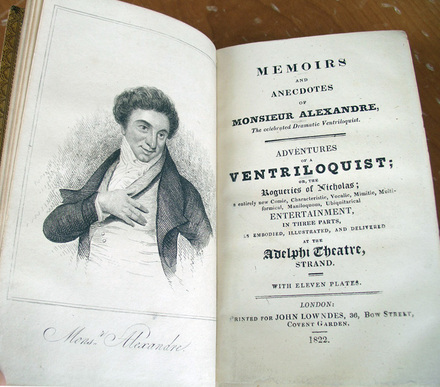
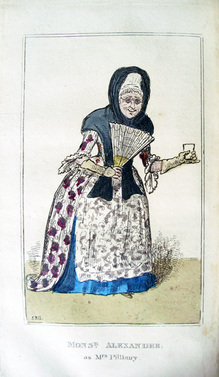
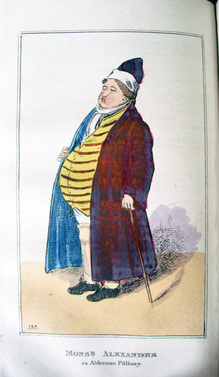
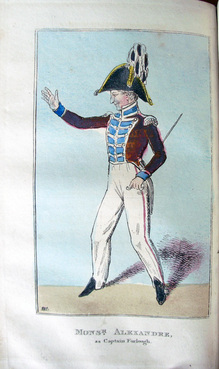
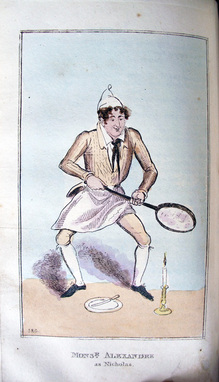
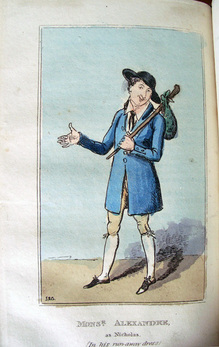
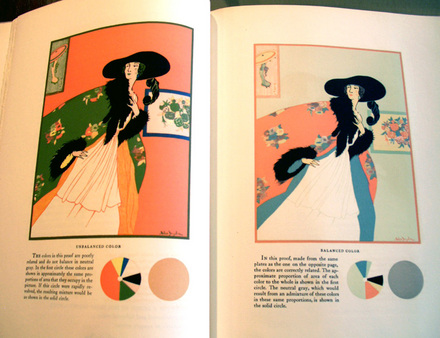
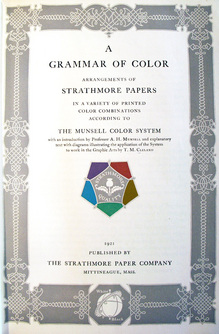
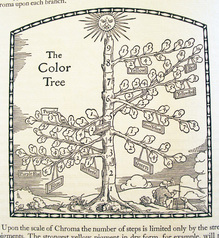
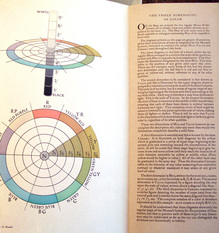
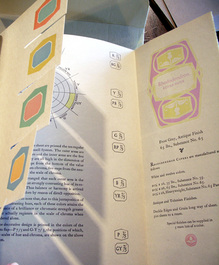
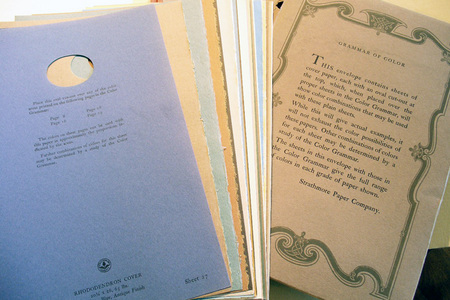
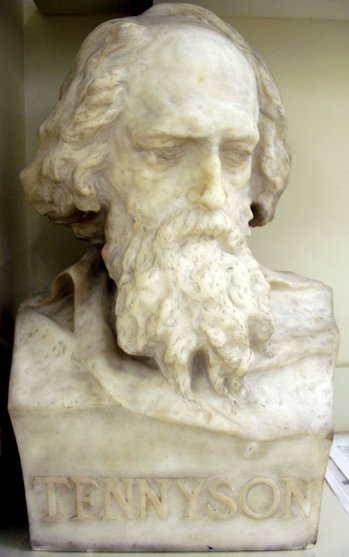
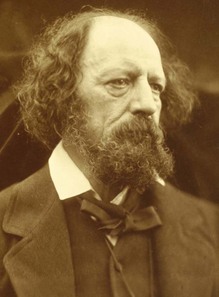
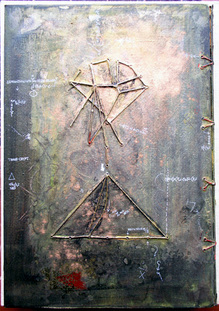
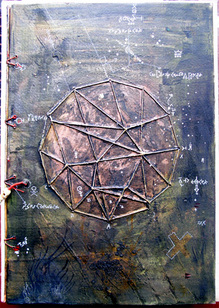
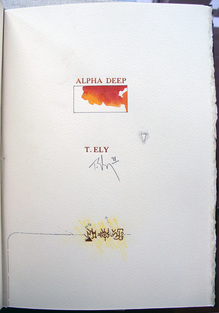
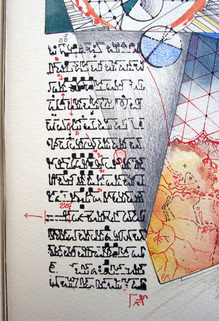
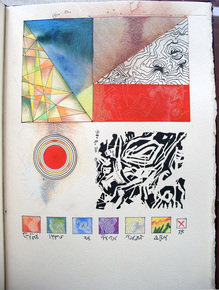
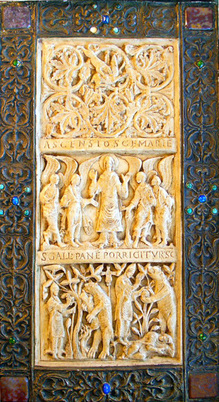
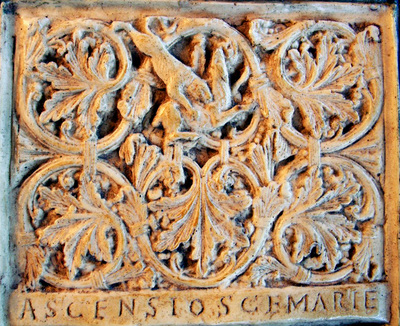
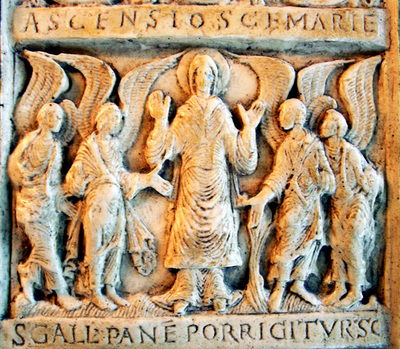
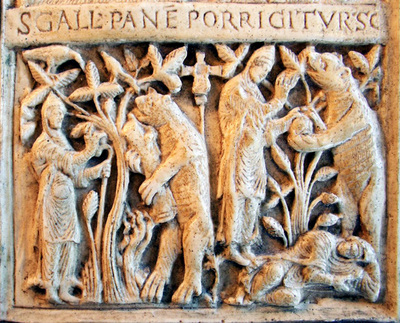
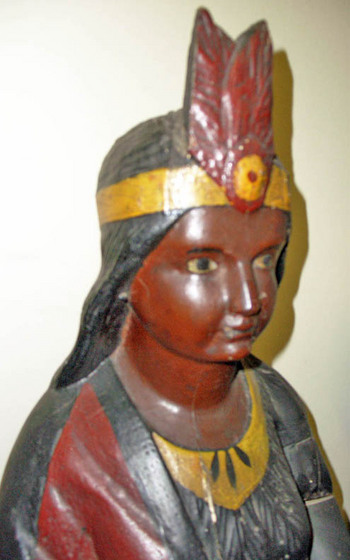
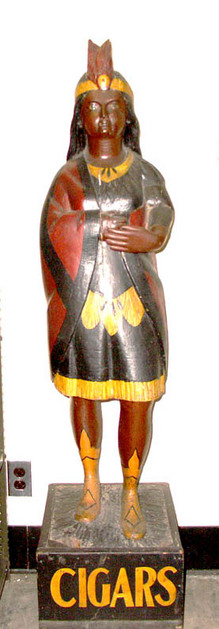
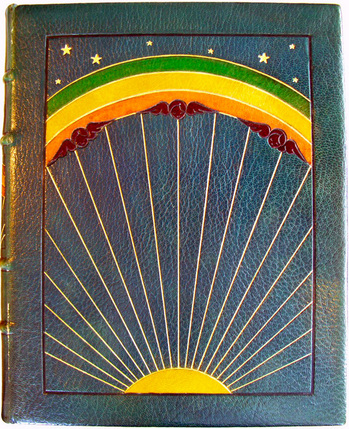
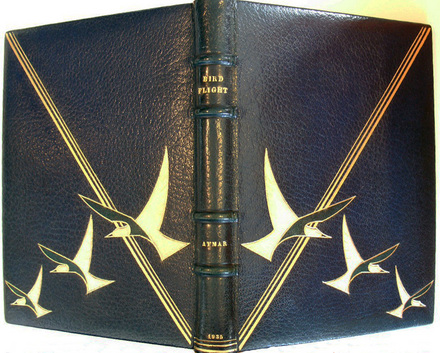
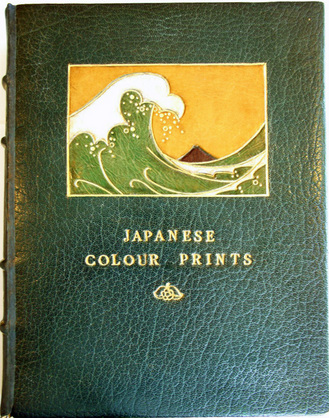
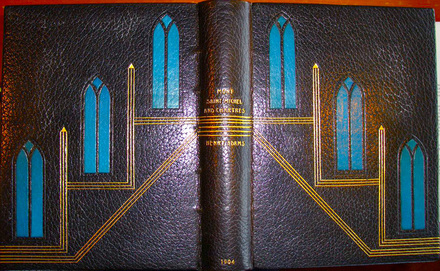
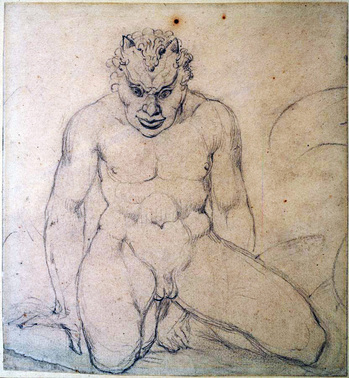
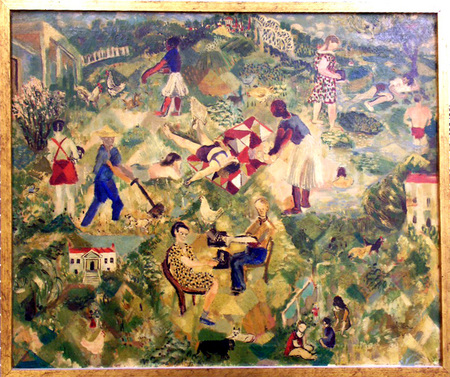

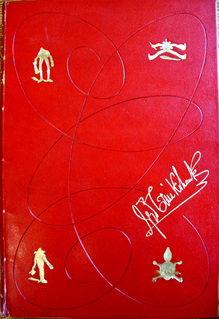

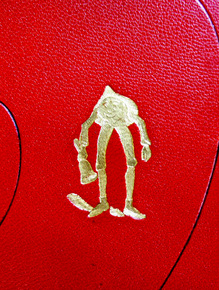

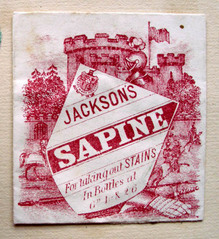
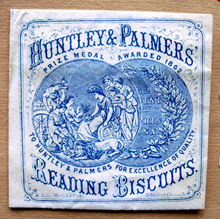
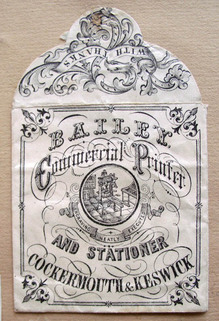
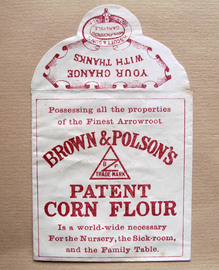
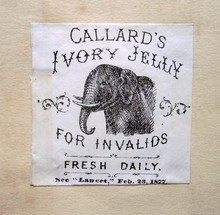
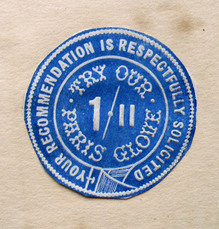
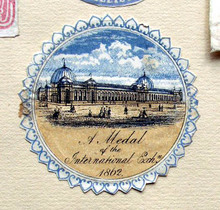
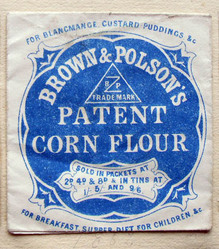
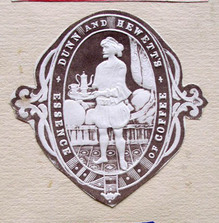
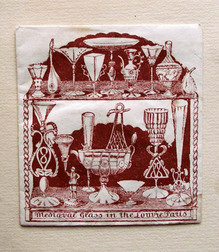
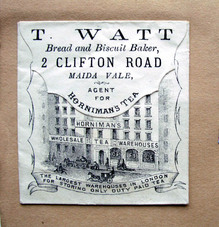
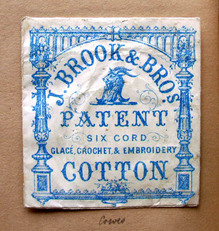
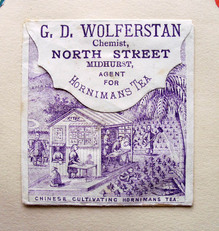
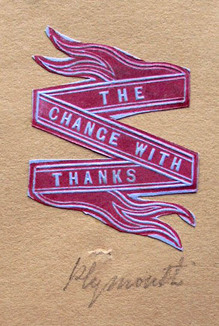
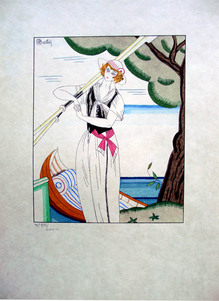
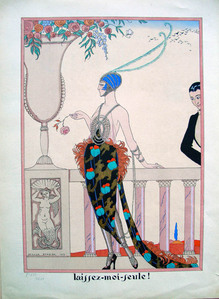
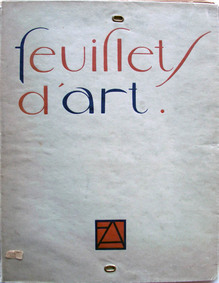

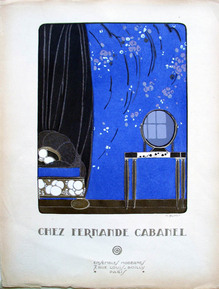
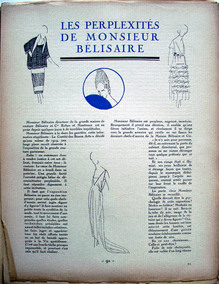
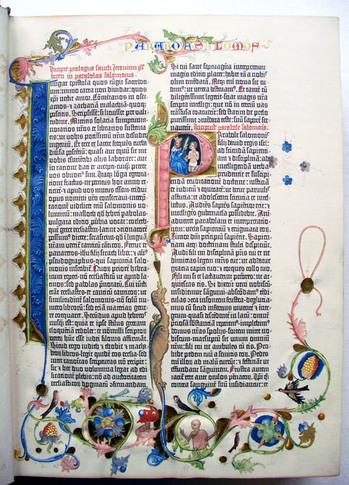
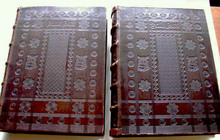
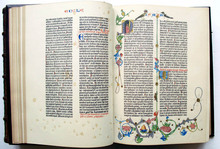
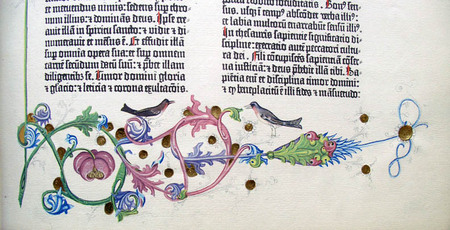
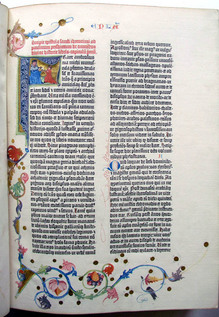
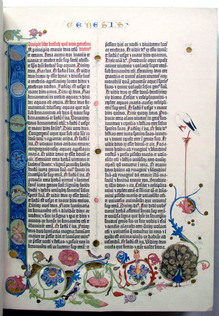
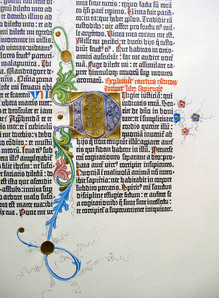
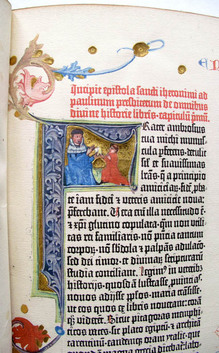
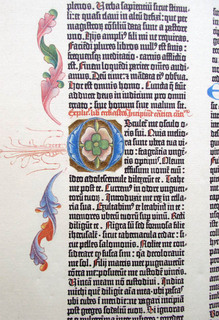
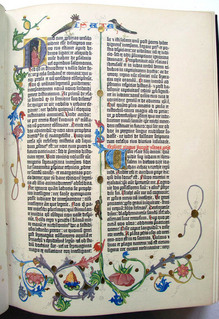
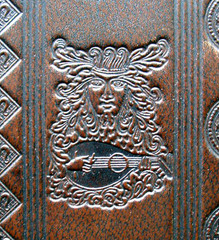
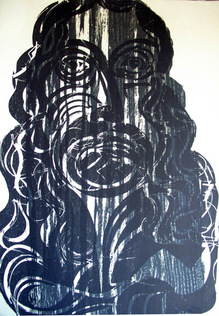
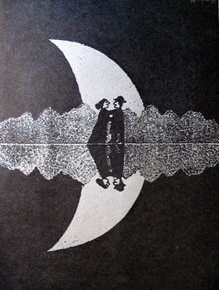
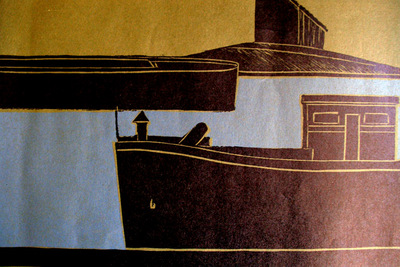
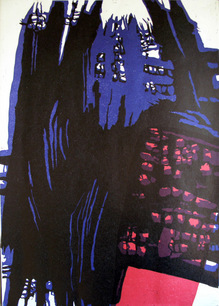
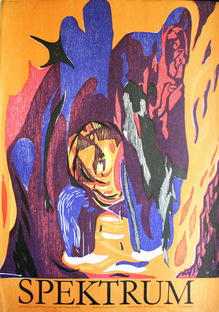
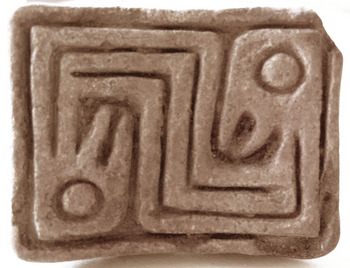
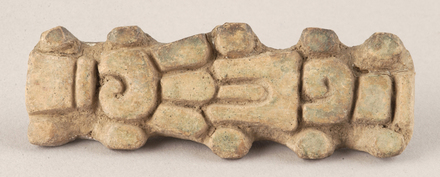
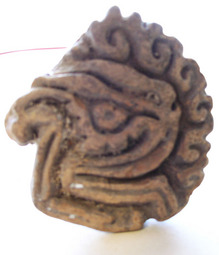
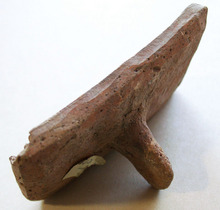
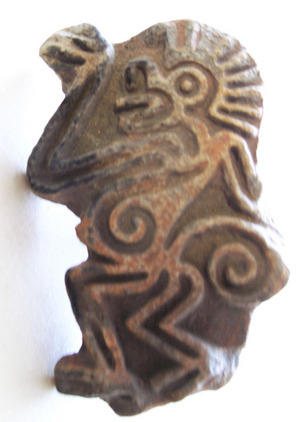

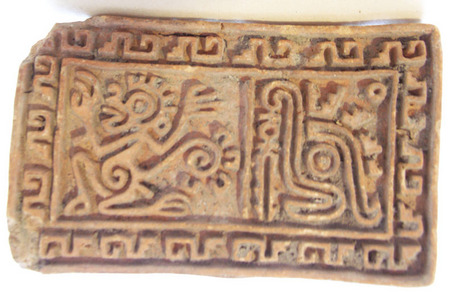
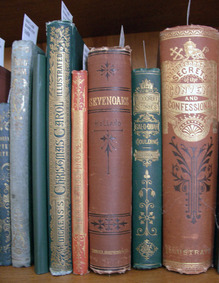
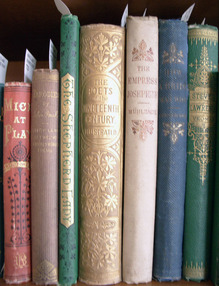
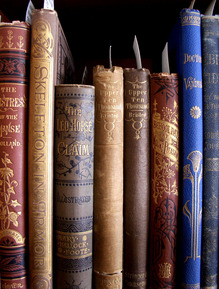
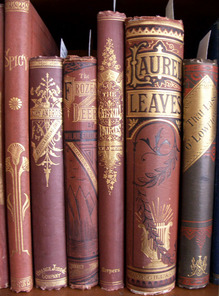
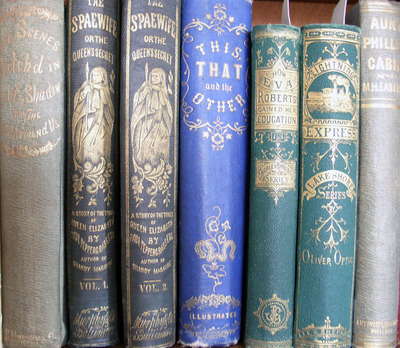
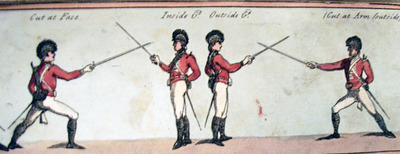
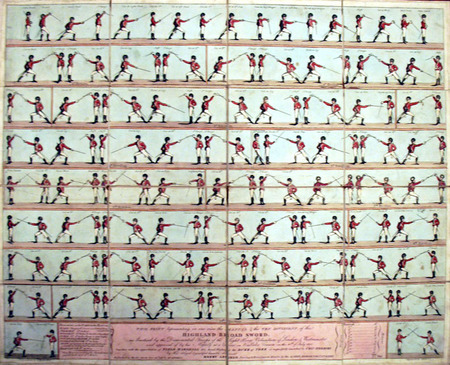
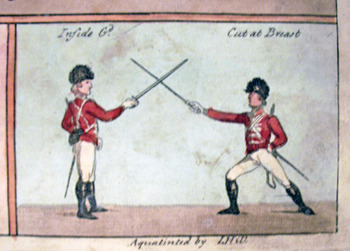
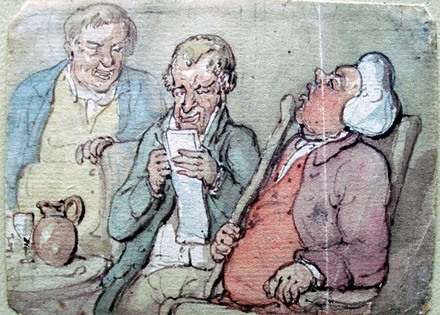
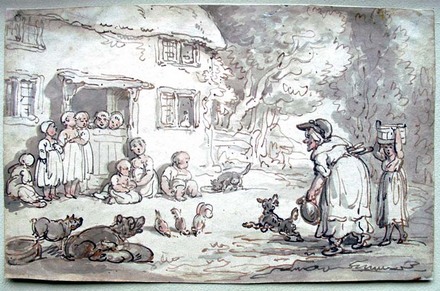
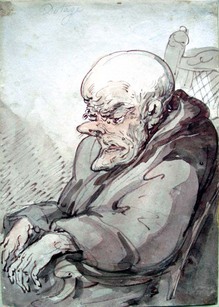
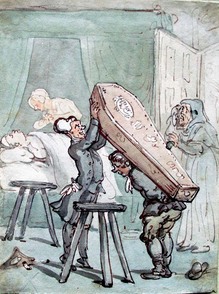
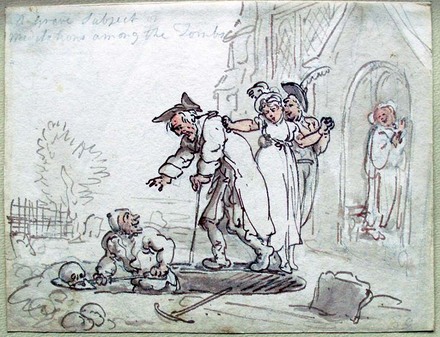
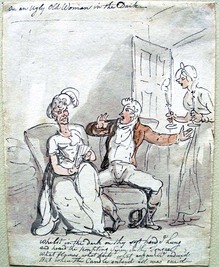
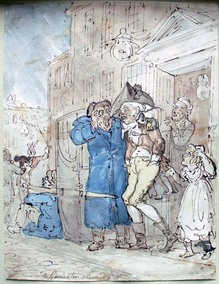
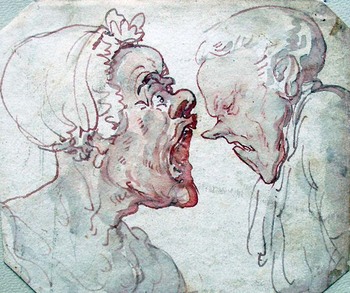
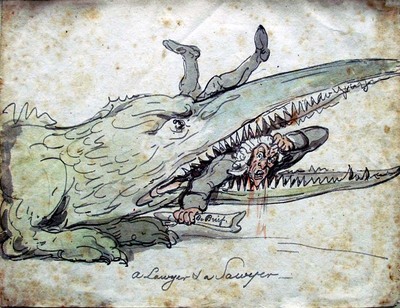
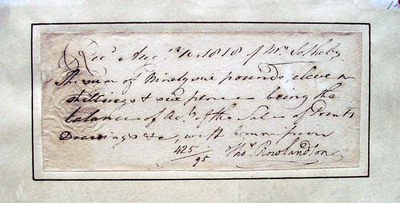
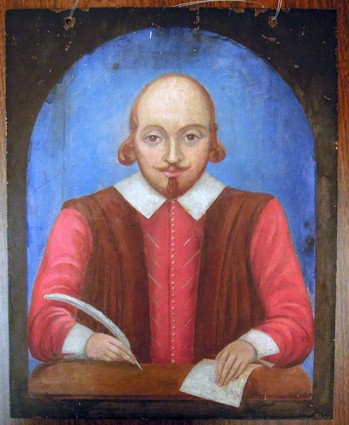
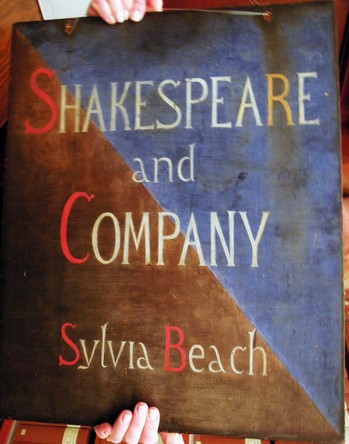
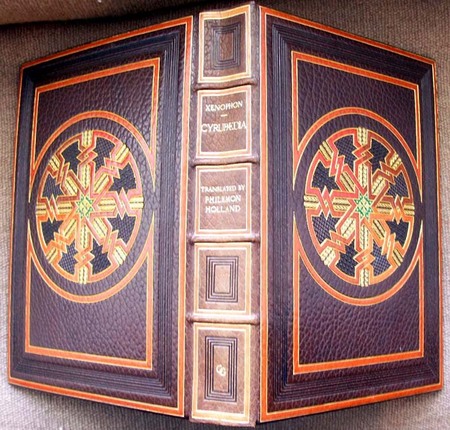
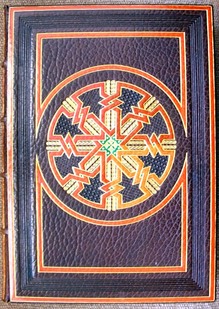
Recent Comments